In 2025, Mother’s Day is being celebrated worldwide on May 11th to honor the amazing women in our lives. In the cannabis industry, you’ll find that females dominate the landscape in powerful and meaningful ways. Bold women in cannabis, like stoner moms and canna entrepreneurs, have been at the forefront of the industry. With their innovative ideas and unparalleled passion, they’re paving the way for future generations while shattering stereotypes and breaking down barriers.
So let’s raise a joint to all the fearless women showing us that anything is possible. We’ll shed light on how the female plays a substantial role in how we grow and cultivate the cannabis plant.
History of Female Cannabis Cultivars
Women and weed go way back, like ancient civilizations. Long before cannabis became a billion-dollar industry, women in cannabis were already harnessing its power for healing, rituals, and connection. From medicine women of the past to the cultivators of today, the feminine influence has always been deeply rooted in the cannabis world.
Fast forward to now, and it’s clear: women aren’t just part of the story, they are THE story. Whether it’s stoner moms smashing stigma or female founders crafting game-changing products, women continue to shape the culture, the science, and the business of cannabis. So, let’s talk about them today!
Alice B. Toklas
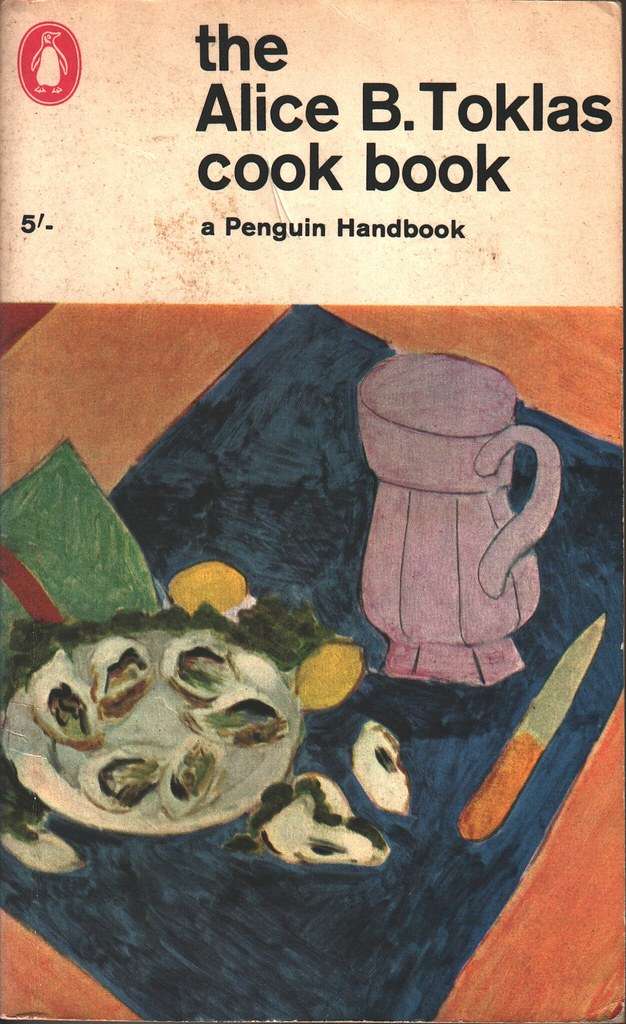
Alice B. Toklas, an American writer and partner of Gertrude Stein, made a notable mark on cannabis culture with her 1954 release of The Alice B. Toklas Cookbook. Among its recipes was the now-iconic “Haschich Fudge”, a cannabis-infused treat that later gave rise to the phrase “Alice B. Toklas brownies.”
Inspired by a North African recipe, the fudge recipe quickly gained popularity, especially among the counterculture crowd of the 1960s. The inclusion of cannabis in the book caught the eye of U.S. authorities and stirred backlash from the literary world, prompting her publisher to publicly downplay the recipe. Still, it remained a beloved creation and is often credited as one of the early inspirations behind modern-day cannabis edibles and a shining example of early women in cannabis history.
Michka Seeliger-Chatelain
Michka Seeliger-Chatelain is a pioneering French writer and activist who has spent over four decades advocating for cannabis legalization. Her journey began in the 1970s when she traveled through countries like India and Nepal to deepen her understanding of the plant’s cultural and medicinal value.
She’s the author of several acclaimed books, including La Grande Dame of cannabis, which has been translated into several languages. In 1973, she launched the first French-language cannabis magazine, Gathering of the Hemp, which centered on legalization and cannabis culture. Michka also co-founded the French Association for the Repeal of Cannabis Prohibition and remains a powerful voice in the global movement for reform. Her voice remains one of the most respected among women in cannabis.
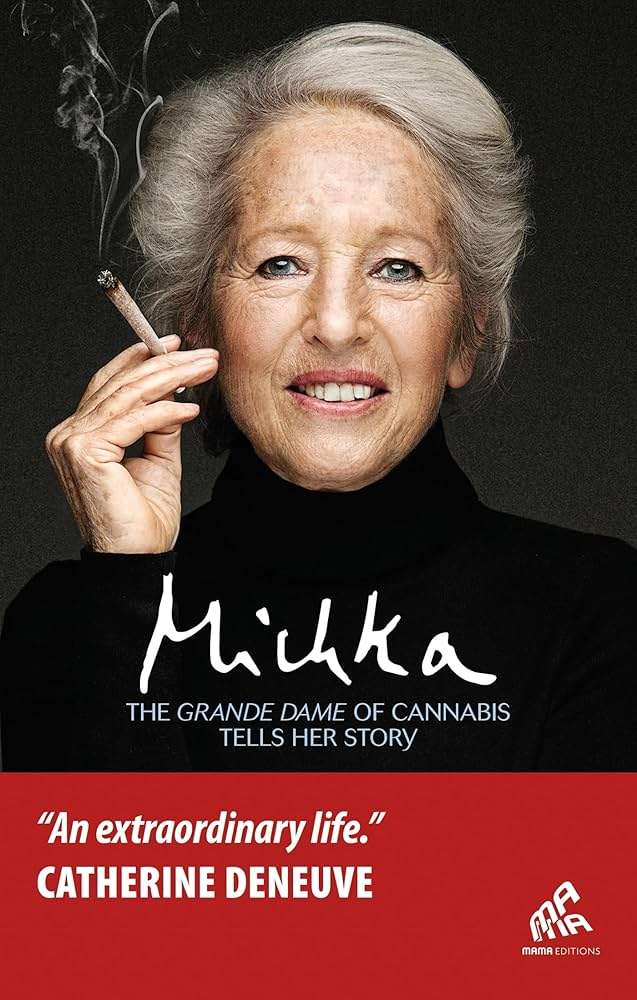
Cheri Sicard

Known as “Cannabis Cheri,” Cheri Sicard is a cannabis educator, author, and activist who has spent years advocating for marijuana reform, especially around prisoner justice. After a successful career as a food writer and chef, she shifted her focus to cannabis advocacy, driven by a passion for educating others about the plant’s benefits and pushing for meaningful legal reform.
Cheri has authored several popular cannabis cookbooks, including The Cannabis Gourmet Cookbook and Mary Jane: The Complete Marijuana Handbook for Women. She also runs educational platforms that demystify cannabis use, especially for beginners and women.
But what truly sets her apart is her work in fighting for those incarcerated for non-violent cannabis offenses. Through her platform, she highlights prisoners’ stories, raises awareness, and pushes for clemency. Cheri proves that activism can start in the kitchen and ripple out into the justice system, making her one of the fiercest women in cannabis today.
Dr. Dina Browner
Dr. Dina Browner is a well-known figure in the medical cannabis space and the founder of the Alternative Herbal Health Services (AHHS) dispensary in Los Angeles. Her interest in cannabis began when a friend with cancer found relief using it.
She went on to inspire the character Nancy Botwin in the hit TV show Weeds, and brought attention to the cannabis movement through mainstream media. A strong supporter of cannabis legalization, Dr. Dina has collaborated with organizations like NORML and is also deeply involved in promoting diversity, equity, and social justice within the industry. Her advocacy and leadership continue to inspire new women in cannabis.

Wanda James
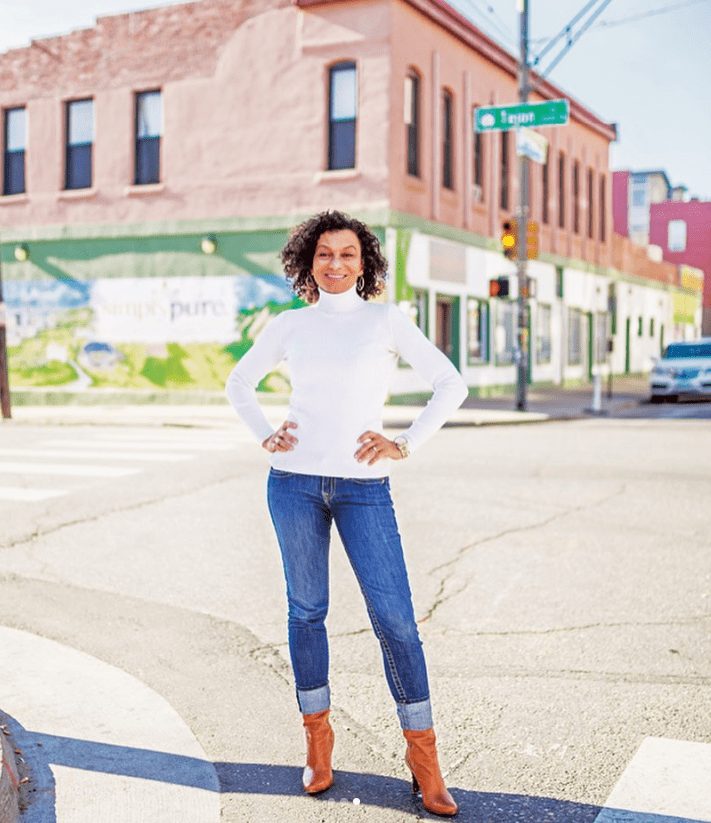
Wanda James is a trailblazing African-American entrepreneur who made history as the first Black woman to open a cannabis dispensary in Colorado and one of the first nationwide. She co-founded Simply Pure, a cannabis dispensary and edibles brand, in Denver in 2015.
Beyond her entrepreneurial success, Wanda has been a fierce advocate for social equity in the cannabis industry. She’s a founding member of the Cannabis Business Association and has played an active role in legislative efforts to reform cannabis laws at both state and national levels. Her mentorship of women in cannabis and people of color in the industry has helped create more inclusive opportunities across the board.
Ophelia Chong
Ophelia Chong is a creative force and cannabis advocate who has worked tirelessly to change the narrative around cannabis, mainly in Asian-American communities. She’s the founder of Asian Americans for Cannabis Education (AACE) and has become a major voice in both inclusion and representation within the industry.
A graphic designer and photographer by trade, Ophelia recognized how misrepresentation and stigma affected perceptions of cannabis, particularly in minority communities. She co-founded Stock Pot Images, the first stock photo agency dedicated to realistic and diverse cannabis imagery, helping brands break away from clichés and stereotypes.
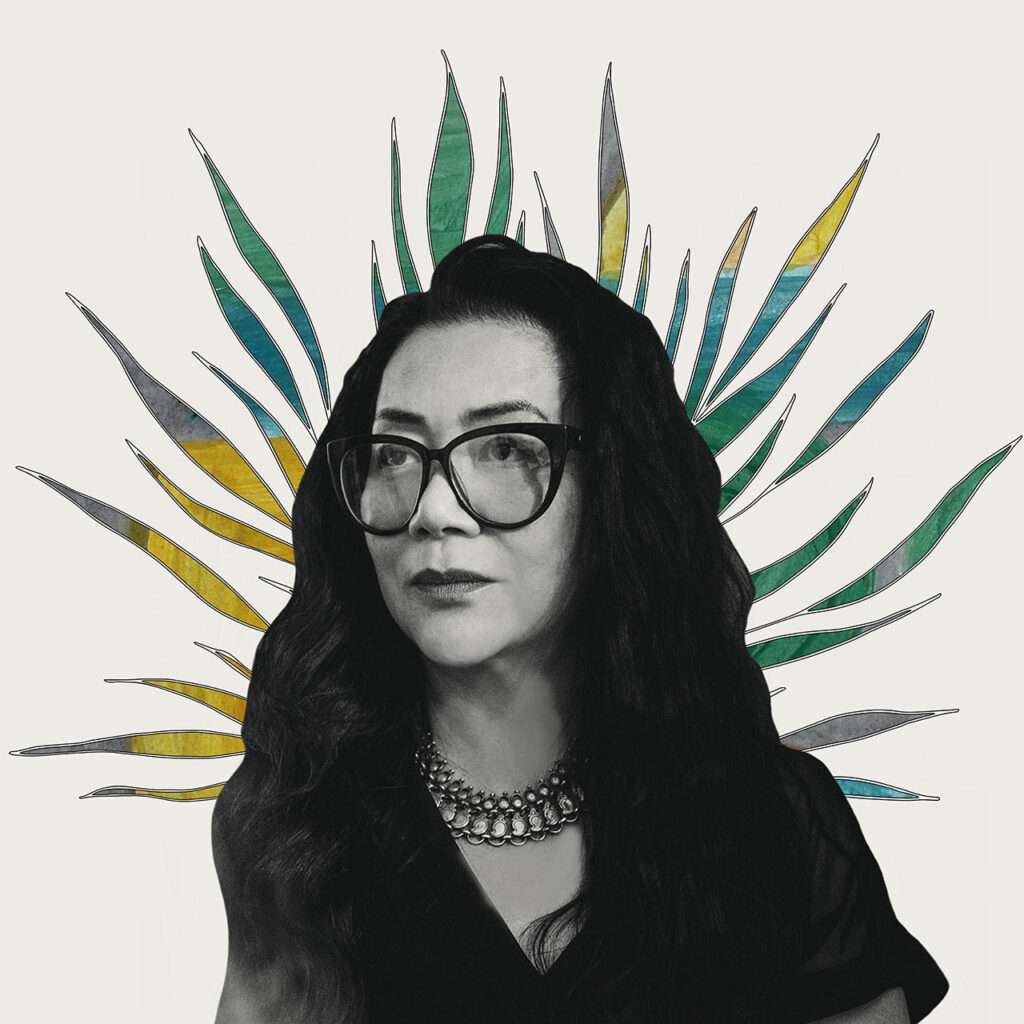
Through her creative lens and outspoken advocacy, Ophelia has helped bridge cultural gaps, push for inclusive legalization policies, and support minority and women in cannabis entrepreneurship.
Mary Jane Rathbun aka Brownie Mary
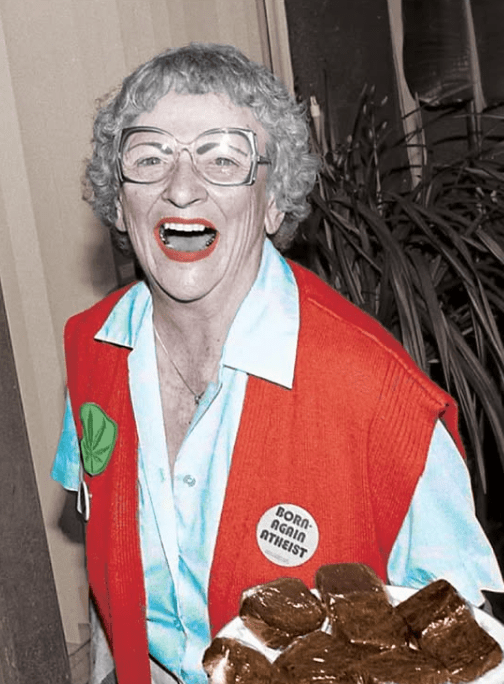
Mary Jane Rathbun, affectionately known as Brownie Mary, was a passionate cannabis activist best known for distributing marijuana-infused brownies to AIDS patients in San Francisco. With a deep love for baking and a heart for service, she volunteered with the Shanti Project, an organization dedicated to supporting individuals battling life-threatening illnesses like AIDS.
Through her homemade brownies, Mary brought relief to patients struggling with the harsh side effects of their treatments. But she didn’t stop there and became a fierce public advocate for cannabis legalization, speaking out boldly and often, even when it meant facing multiple arrests.
Her dedication sparked conversations around the medical benefits of cannabis and played a key role in shifting public perception. In 1996, California became the first U.S. state to legalize medical marijuana, a historic milestone that women in cannabis like Brownie Mary helped make possible through relentless activism.
Why Are Female Cannabis Plants Important?
As we celebrate Mother’s Day, let’s reflect on the importance of our mothers in our lives. They are the nurturers, the caretakers, and the providers of love and support that we need to grow and thrive. They teach us right from wrong, show us how to be kind and compassionate, and encourage us to chase our dreams.
Just as our mothers are essential to our lives, so are female cannabis plants for cultivating quality cannabis. You see, female cannabis plants are the ones that produce the resinous buds that we all know and love. Male cannabis plants, conversely, produce pollen that can fertilize the female plants and ultimately reduce the quality of the buds.
Female cannabis plants are vital because they are the ones that produce the cannabinoids and terpenes that give cannabis its unique effects and flavors. These compounds are found in the resin that coats the buds; female plants have more resin than male plants.
When female cannabis plants are grown with care and attention, they can produce premium buds packed with flavor, aroma, and potency. Thus, female cannabis plants are utterly essential for the growth of what we hold dear.
Read more: Top 10 Must-watch Stoner Movies
Female Vs. Male Vs. Hermaphrodite Cannabis Plants
Cannabis is one of the few plants in nature that comes in three distinct genders: female, male, and hermaphrodite. Each plays a unique role in how the plant is grown, bred, and consumed.
Female Cannabis Plants
Female cannabis plants are the most desirable because they grow the resinous, cannabinoid-rich buds we consume. Their flowers develop delicate white hairs (pistils) which, when unfertilized, mature into potent, trichome-covered buds packed with aroma, flavor, and effect. This is what most growers aim to cultivate.
Female cannabis plants are the most desirable for cultivation because they produce buds rich in cannabinoids and terpenes. These compounds give cannabis its delectable flavor, aroma, and effects. Female plants can be identified by their tiny, white hair on the flowers, known as pistils. These pistils eventually turn into the resinous buds that are harvested for consumption.
Male Cannabis Plants
Male cannabis plants, on the other hand, are typically discarded because they do not produce buds and can compromise the quality of the female plants. They are identified by small, round balls on the branches, known as pollen sacs. These sacs release pollen that can fertilize the female plants, resulting in lower-quality buds with fewer cannabinoids and terpenes.
However, male cannabis plants are significant in the breeding process. This is why male plants are often used in controlled breeding programs to develop new varieties of cannabis. By cross-pollinating male and female plants, breeders can create new strains with unique characteristics.
Hermaphrodite Cannabis Plants
These plants are a bit tricky. Hermaphrodites contain both male and female reproductive organs, allowing them to self-pollinate. While this sounds convenient, it often leads to lower-quality buds and unwanted seeds. Herms can pop up due to plant stress (like light leaks or genetics), and growers usually remove them unless breeding is the goal.
Read more: Male Vs. Female Cannabis Plants: What’s The Difference?
Cannabis Plant Genders at a Glance
| Gender | Key Traits | Role in Cultivation |
| Female | Grows buds high in cannabinoids and terpenes; has pistils | Main plant cultivated for consumption |
| Male | Produces pollen sacs instead of buds | Used in breeding; typically removed from grow spaces |
| Hermaphrodite | Contains both male and female parts; can self-pollinate | May cause seeded buds; occasionally used for controlled breeding |
Want more green wisdom?
Head over to Grasspedia.com and explore everything from stoner movies to strain science. We’ve got all things cannabis, rolled up and ready for your next high-dea.

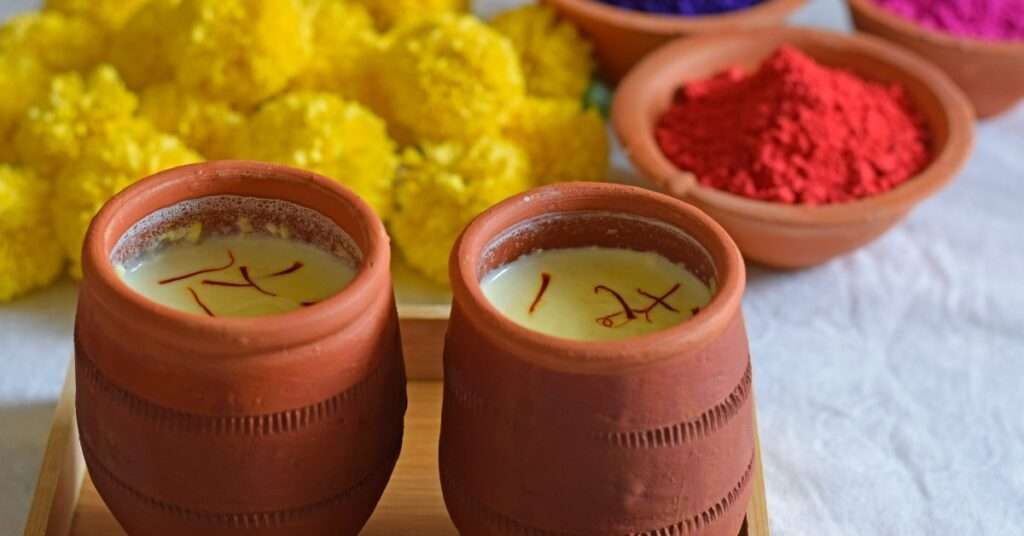
Super informative and fun! 🌿😮